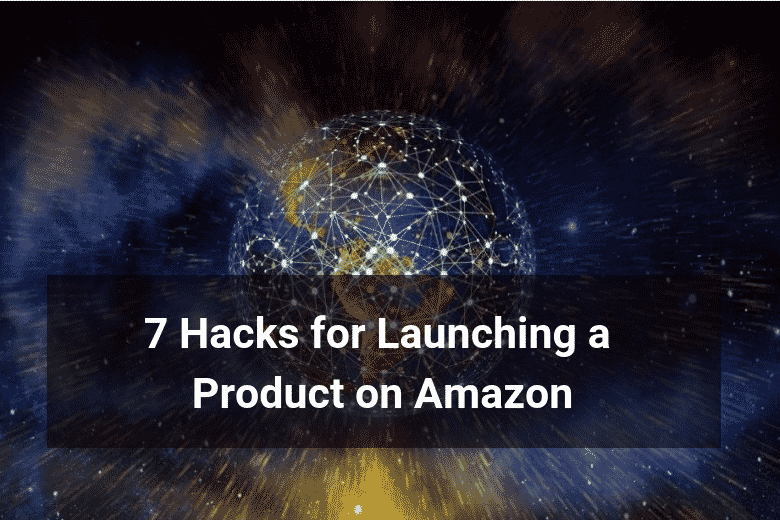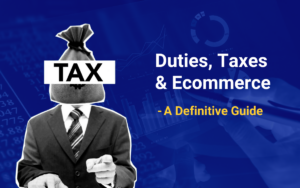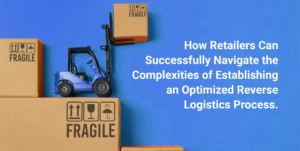If you a planning on launching a product on Amazon in 2019, whether as a new seller or a seasoned Amazon veteran, there are certain hacks that you should know to ensure a successful Amazon product launch. Employing certain tactics and technique can make all the difference when it comes to driving leads, increasing sales and revenue, and ultimately growing your business.
See our top 7 hacks below for launching your product on Amazon.
Understand Amazon’s A9 algorithm
Before you even think about launching a product on Amazon, you need to know how the Amazon A9 algorithm works. Most importantly, you need to understand that it is quite distinct from Google’s algorithm, although both are used to rank search results.
SEO Agencies can help businesses to optimise for Google, however ranking on Amazon needs a different approach. Google looks at a variety of factors to deliver the best, most relevant search results from reputable sources. Amazon on the other hand is driven by how much money listings will make for them, and has designed their algorithm on this basis.
Sales are the number one factor when it comes to appealing to Amazon’s A9 algorithm and ranking your product. This can lead to a vicious circle for sellers on Amazon, especially new sellers, who struggle to rank their products, and therefore struggle to make sales, which in turn damages their rankings.

For this reason, it is important to work on ranking your product as soon as it is launched. Or more specifically, prepare your listing pre-launch to optimise your ranking. More on this in the hacks to follow.
Pick a rank-able product
Ranking your product listing starts well before launching your product: during the product development stage. It is important to start off right by choosing a “rank-able” product. This is particularly important if you do not have a large amount of money to dedicate to ranking your listing(s).
In terms of choosing a product which will rank on Amazon there are a few important aspects to keep in mind:
- Competition: the more competition a product has, the harder it is to rank. Particularly if you have a small budget, choosing a niche with a smaller market and a low level of competition can serve you well.
- Audience: it may seem obvious, but it is important that the target audience for your product search and shop on Amazon.
- Interest: it is also important that as the seller, you are promoting products which you are passionate about. This is key to building a long-term commerce business.
Once you develop a product niche based on these criteria, there are five final filters which you should apply to find the ultimate rank-able product:
- The current number 1 ranked product has less than 500 reviews
- A selling price of more than $20 (£15)
- A product which is not brand-driven
- Lightweight
- A product which encourages repeat business
Understand your brand
Especially if you are looking to build a long-term e-commerce business by selling on Amazon, it is essential that you understand your brand. From the start, as you are launching your first product on Amazon, you should be thinking about your brand, and use this to determine the product you launch.
Early in the product development process, take a step back and define your brand. What niche of products will your business focus on? What are your business’ strengths? What is your point of difference from your competition?
now your brand and your messaging and carry this through to how you build your product listing, and on to how you market your products. You will need to know this as soon as you create an Amazon Merchant Account, and choose your business name.
Research the best keywords for your listing
As mentioned, sales is the most important factor when it comes to ranking on Amazon. However, keywords and reviews also play a part. On-page optimisation of your Amazon product listing means integrating the correct keywords.
This starts with thorough keyword research. This process is fairly similar to any keyword research campaign for SEO. The initial step in the process is to think about the common terms your target audience is likely to search for when looking for your kind of product. Come up with as long of a list as you can. If you do not include them all, this will not matter as many will be highly related, but it is great to have as many as possible to choose from.
You can then use a tool such as SEMrush or Google’s Keyword Planner to check related keywords. You can use this to sort by search volume and find additional keywords.

Last of all, you can check your keywords in MerchantWords to see those with the highest Amazon search volumes. This tool can vary in effectiveness, but is a good way to double check your keyword list and identify any missing high search volume keywords.

Optimise your key product features
One of the most important parts of your product listing is the “key product features” section. This is the up to 5 bullet points which appear next to the primary image of your listing.

Firstly, you want to make sure that you include as many of your primary keywords as possible in these bullet points. Although including keywords is important for ranking purposes, it is equally important to maintain persuasive copy in your bullet points. Do not sacrifice readability or language which sells in order just to cram in keywords! Some tips to do this include “connectors” to join up primary keywords, and by using long-tail keywords.
Along with using persuasive language to sell your product the key product features, you should also include as many details as possible. Don’t underestimate the amount of detail which your customers want to see – people love detail! Include product specifications, materials, accessories and the benefits to your customers.
Reviews
Having a good number of reviews is not only important for rankings, but also to help conversions. Customers are more likely to buy your product if you have a high number of positive reviews. It may surprise you just how important this is: 90% of consumers say that they would not have purchased a product on Amazon if it did not have any reviews.
It is against Amazon’s T&C’s to ask for a positive review from your customers, but you can remind them to leave a review once they have made their purchase. You can also encourage your network to buy your product as soon as it is launched and to leave you a review. Don’t be shy in asking for reviews, and be as creative as possible, such as including an individualised request in the product’s packaging.
Set up your FBA shipping perfectly
If you are launching an FBA (Fulfilment By Amazon) product, which for many can be the most efficient way to set up an Amazon-based business, it is crucial that you have your shipping section set up correctly. This is managed through the Seller Central section of your Amazon Merchant account, and unfortunately can be difficult to navigate.
Once you have created a product listing, the next step is the “create shipment” option. Firstly, make sure you have the following information at hand before you start:
- Supplier address
- Box dimensions & weights
- Number of units per box
- Carrier (transport or delivery company)
- SKU of the product
Once you have entered all these details, you will be supplied with labeling stickers. Labeling is critical because your boxes need to be shipped to the correct Amazon warehouse out of the many warehouses they run worldwide. Under the FBA program, your products’ warehouse can change constantly so it is important to print new labels for each shipment, and if applicable make sure your supplier has these each time.
Ready to start shipping?
Now that you successfully increased sales on Amazon, you will need to ship more goods as well. Shipping can be challenging, especially as the volume continues to grow. Luckily there are companies like Floship that specialize in eCommerce Order Fulfillment, with other words: Shipping your eCommerce products worldwide after storing them in a warehouse and pick & packing the orders as they come in. All automated, and fully synchronized with Amazon. Our API integrates seamlessly with Amazon, but also with other eCommerce platforms such as Shopify, WooCommerce and Magento. Want to learn more? Let’s talk over your business needs together. Get in Touch.
About the Author:
Tom Buckland is a digital marketing consultant specialising in technical SEO & Amazon Marketing. He’s the founder of HQ SEO and Amazon SEO Consultant in the UK and loves helping businesses profit through smart digital marketing strategies.

Ready To Upgrade Your Logistic Solution?
Speak to Floship ecommerce logistic consultant about improving your global support chain today





